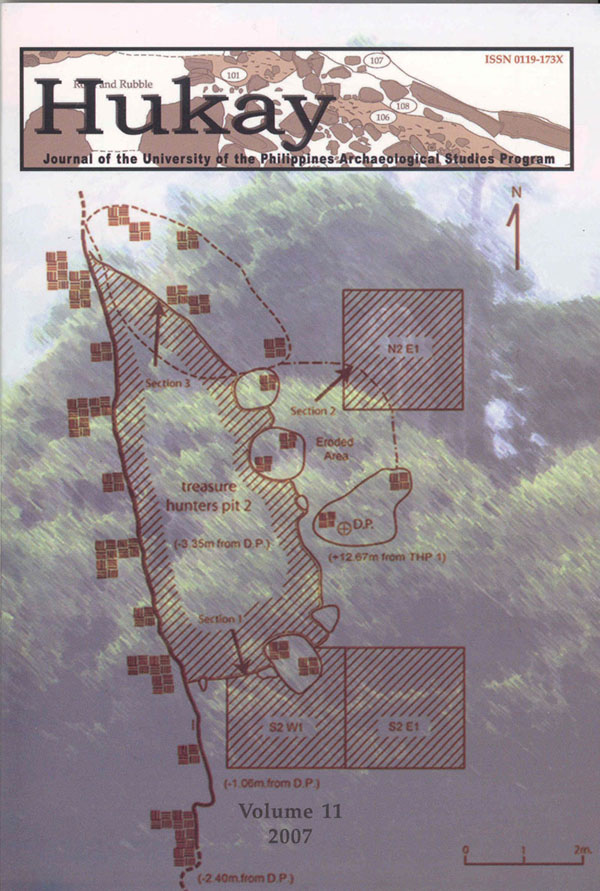Short Communication: The First Zooarchaeological Evidence for the Endemic Palawan Stink Badger (Mydaus marchei Huet 1887)
Abstract
In this short communication we report for the first time zooarchaeological evidence for the Early Holocene occurrence of the stink badger in Palawan. Recent archaeological excavations at llle Cave in the El Nido district of northern Palawan has produced tens of thousands of bone fragments dating from the Terminal Pleistocene to the sub-recent (see Szabo et al., 2004; Lewis et al., in press). Among these are numerous remains of the stink badger recovered from various chrono-stratigraphic phases of the site. The early Holocene presence of this carnivore, along with other endemic and native terrestrial mammals, suggests that the stink badger spontaneously colonised Palawan during a maximal period of sea-level reduction. Moreover, the remains of this carnivore were found in midden and hearth contexts mixed with ungulates and various other non-cavernicolous taxa, implying that it too was hunted and consumed by humans.



